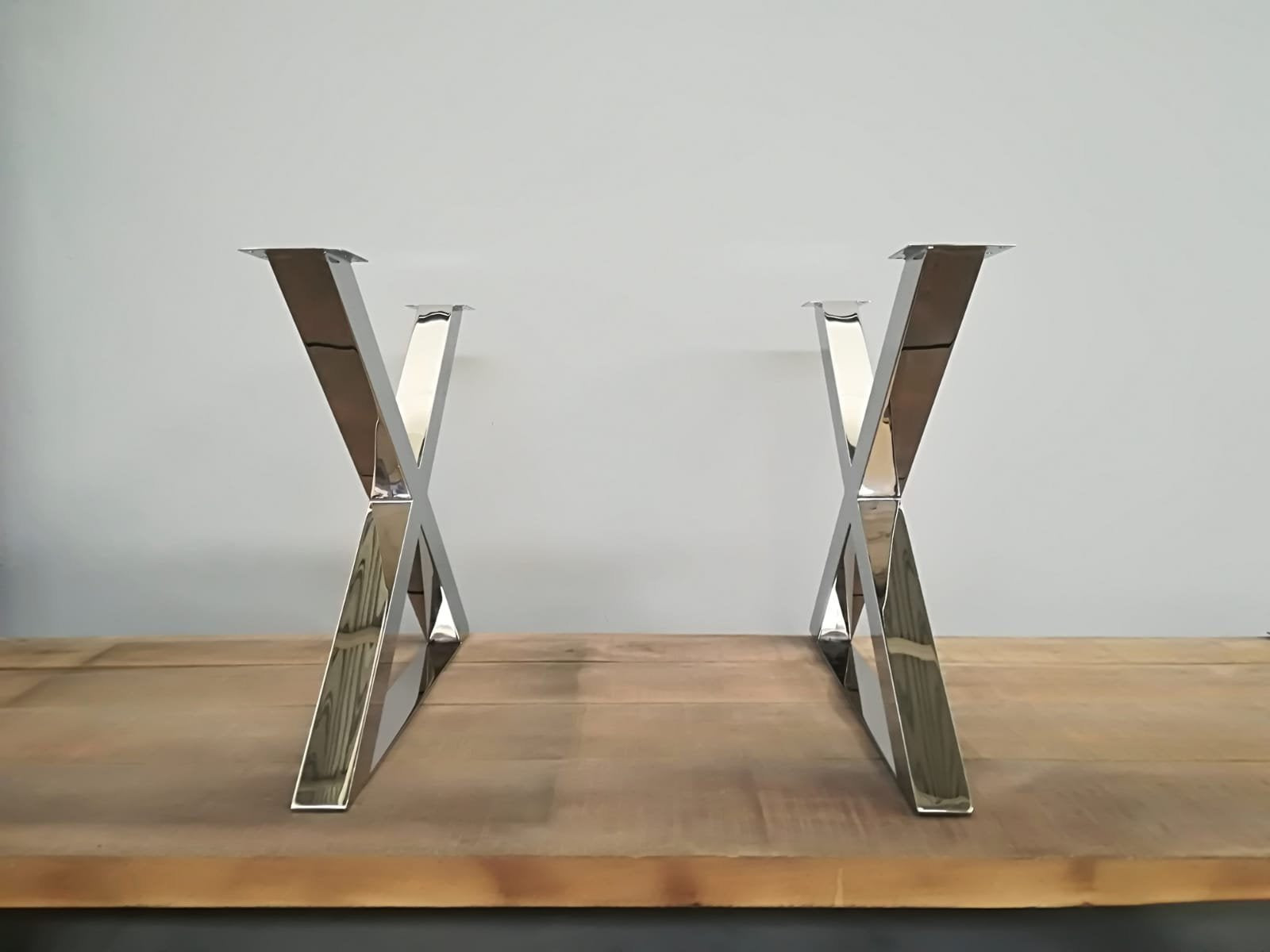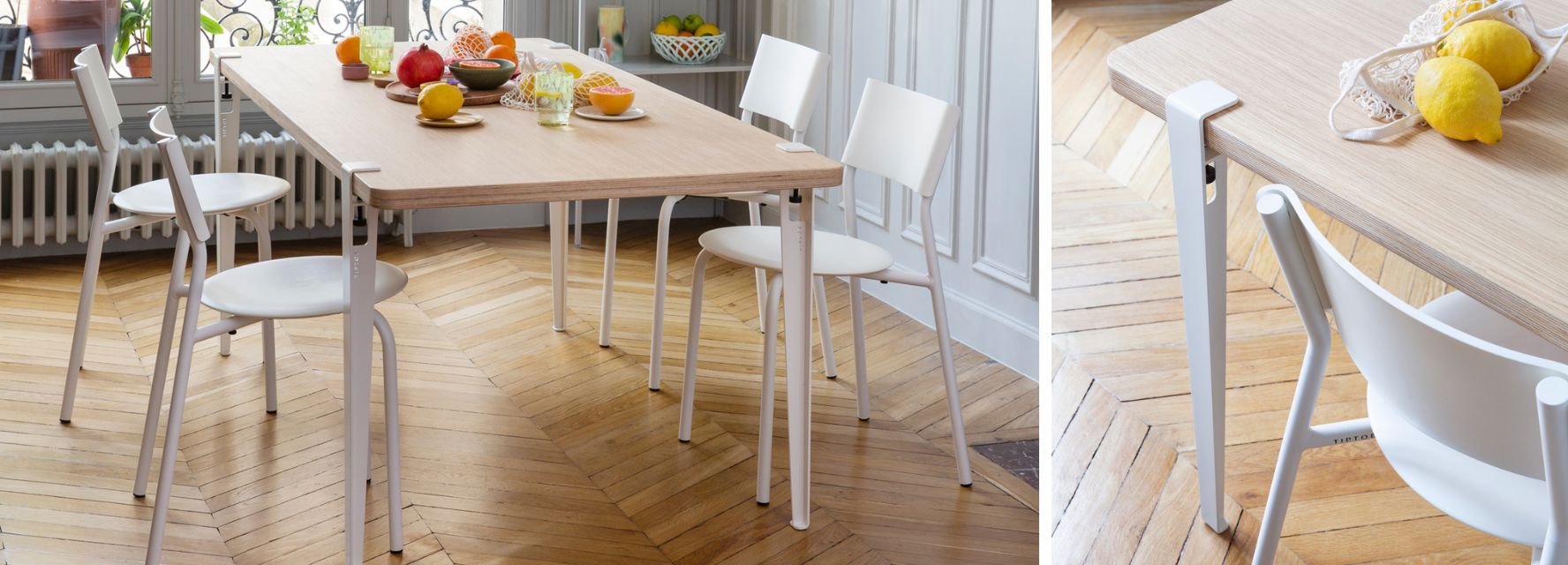Why Dining Room Table Legs Are Crucial for Your Table’s Stability
Why Dining Room Table Legs Are Crucial for Your Table’s Stability
Blog Article
From Typical to Modern: Find the Ideal Dining-room Table Legs for Your Style
The selection of dining-room table legs plays a critical role in specifying the general character of your room, connecting the gap in between typical workmanship and contemporary visual appeals. While timeless styles such as cabriole and transformed legs stimulate a feeling of ageless sophistication, modern styles like hairpin and geometric alternatives offer a possibility for striking aesthetic passion. Evaluating the appropriate balance between these styles requires a nuanced understanding of your existing decoration and individual taste. As you consider these components, the concern continues to be: just how can you perfectly integrate these diverse leg styles to produce a harmonious eating experience?
Understanding Table Leg Styles
The selection of dining space table leg styles can significantly affect both the looks and capability of the space. Each leg style adds distinct practical functions and visual aspects, accommodating varied layout choices and usage needs. Recognizing these designs is vital for choosing the appropriate table that aligns with your general interior style vision.
For circumstances, conical legs supply a clean, timeless look that can improve an area's style, while pedestal bases provide security and optimize legroom, making them excellent for smaller sized areas. Barrette legs, a trademark of mid-century modern style, present a commercial flair, allowing for an airy, open feel. In a similar way, trestle legs stimulate rustic appeal, supplying robust support and a feeling of timelessness.
Additionally, the selection of materials plays a significant role. Wooden legs can bring warmth and appearance, whereas metal alternatives usually share a streamlined, modern vibe. Eventually, comprehending table leg styles is vital for developing a natural eating location that mirrors personal style while ensuring practicality and convenience. By thoughtfully taking into consideration these elements, you can boost both the visual and functional charm of your eating space.
Conventional Table Leg Options
When selecting dining room table legs, typical options commonly symbolize classic style and craftsmanship. These styles show an abundant heritage and a commitment to quality, making them perfect for those that value classic appearances.
Among the most iconic standard leg designs is the cabriole leg, identified by its graceful rounded form. This style typically features ornamental carvings and is most commonly discovered in Queen Anne and Chippendale furnishings. One more popular option is the turned leg, which flaunts a series of smooth, rounded forms that supply a traditional look while keeping stability.
Moreover, the straight leg, while basic, provides a durable and unadorned framework that can blend flawlessly with a variety of tabletop designs. For those attracted to ornate detailing, claw-and-ball feet legs evoke a sense of grandeur and can function as a magnificent centerpiece in any type of dining room.
Lastly, stand bases, although not strictly legs, offer an alternative typical option that enables ample legroom and can be magnificently carved. Each of these typical leg styles adds to the overall atmosphere of a dining-room, marrying function with aesthetic appeal.

Modern Table Leg Designs
Modern table leg designs supply a varied array of designs that stress clean lines and ingenious products. These designs frequently focus on capability while working as striking focal points within an eating area. Minimalist visual appeals prevail, with legs crafted from materials such as metal, glass, and crafted wood, which add to a airy and modern feeling.
One preferred layout is the hairpin leg, defined by its slender, conical structure that supplies stability without overwhelming the tabletop (dining room table legs). This style is frequently located in mid-century modern-day furniture and can easily enhance numerous eating table forms. Another trend is making use of geometric shapes, where go to this web-site legs might take on angular or asymmetrical kinds, adding visual passion and a touch of creativity

Mixing Styles for Special Areas
Typically, home owners look for to develop one-of-a-kind dining rooms that show their personal style by blending numerous layout elements. This method enables the consolidation of varied looks, leading to an unified yet unique environment. For instance, coupling a rustic wood table with sleek, contemporary steel legs can produce a captivating comparison that raises the area's total allure.
In addition, incorporating vintage table legs with modern tabletops can stimulate a sense of background while preserving a modern perceptiveness. Such mixes not only display specific taste however also encourage imagination, enabling homeowners to curate a room that really feels both individual and inviting.
Color plays an important duty in this blending procedure; picking table legs that enhance or comparison with the existing color pattern can boost aesthetic interest. For instance, whitewashed legs can soften the daring of a dark table surface area, developing a well balanced aesthetic.
Tips for Choosing the Right Legs
Selecting the right table legs is important for achieving both capability and visual allure in your eating room. Begin by considering the general style of your room. Conventional setups benefit from legs that feature elaborate carvings or turned designs, while modern rooms might ask for streamlined, minimalist designs.
Next, examine the height and security of the legs. dining room table legs. Basic table vary in between 28 to 30 inches in height, so guarantee the legs enhance this measurement for convenience. Furthermore, robust products, such as wood or steel, can enhance stability and long life
Evaluate the leg form as well-- alternatives include straight, tapered, or pedestal layouts. Straight legs supply a timeless look, while conical legs can include a touch of beauty. Pedestal bases give enough legroom and are perfect for smaller rooms.
Final Thought
In summary, choosing the excellent eating review area table legs calls for cautious factor to consider of both contemporary and typical styles. By balancing leg style, elevation, and material with the total decor, a natural and welcoming atmosphere can be achieved.
The range of dining area table leg designs can dramatically influence both the appearances and performance of the room. Ultimately, recognizing table leg designs is important for producing a cohesive dining location that mirrors individual design while ensuring functionality and convenience.One dig this of the most renowned traditional leg designs is the cabriole leg, identified by its graceful rounded form. Straight legs offer a traditional look, while tapered legs can add a touch of style.In summary, choosing the excellent eating area table legs needs cautious factor to consider of both typical and modern designs.
Report this page